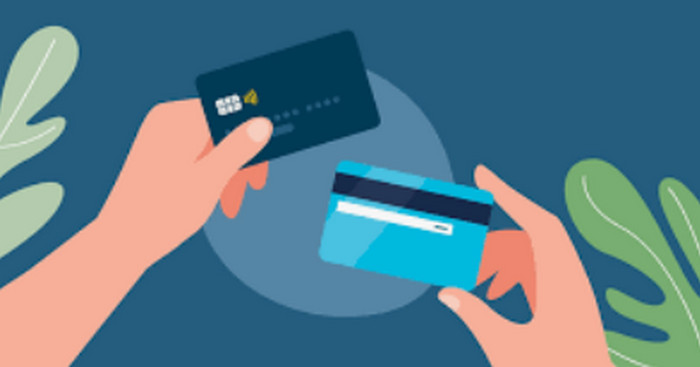Prepaid debit cards are a practical financial instrument that function similarly to standard debit cards with a few notable exceptions:
How They Function:
Money Loading: You preload funds into the card. This can be accomplished in a number of ways, including direct contributions from an employer, cash deposits at participating retailers, and bank account transfers12.
Spending: After the card is loaded, you can use it to make purchases online and in-store, as well as elsewhere that takes debit cards. Additionally, ATMs allow cash withdrawals12.
Reloading: You can use the same procedures as during the first load to refill the card when the balance gets low12.
Prepaid debit cards’ characteristics:
Not Associated with a Bank Account: Prepaid cards, in contrast to conventional debit cards, are not associated with a bank account. Because of this, anyone without access to traditional banking services can nevertheless use them.23.
Fixed Spending Limit: This feature aids in budgeting and debt prevention since you are only able to spend the amount placed onto the card23.
Fees: Be advised that prepaid cards may have a number of fees associated with them, including transaction fees, monthly maintenance fees, and ATM withdrawal fees2.
Consumer Protections: Just like debit cards, prepaid cards provide some safeguards against fraudulent transactions1.
For people who wish to control their spending or do not have access to standard banking services, prepaid debit cards can be a helpful substitute. What particular queries do you have concerning the use of prepaid debit cards?

